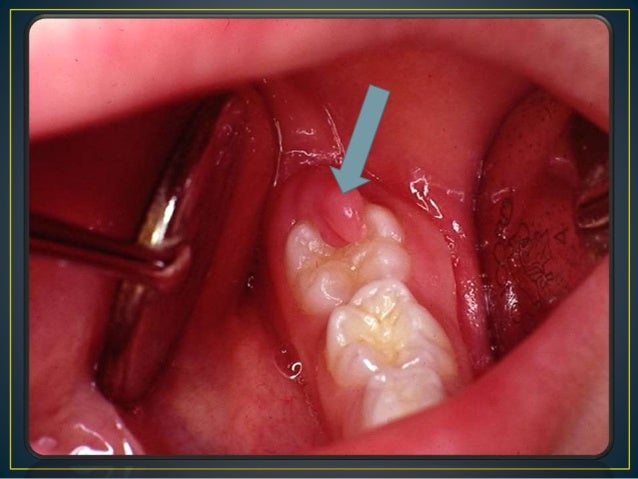NATAL AND NEO NATAL TEETH:

Neo natal teeth – teeth that erupt during the first 30 days (normally erupts around 6 months of age)
Usually seen in the lower front tooth region.These
premature teeth are often not fully developed and may have weak root. They are usually small, yellow or brownish and loosely attached.
This may be due to the superficial position of the tooth bud or may be associated with
multisystem syndromes and tend to have hereditary background.
What do you do??
Take a dental X-ray if possible....
Some reasons to opt for extraction are,
Some reasons to opt for extraction are,
· If
the tooth is loose, then your child may swallow it
· Injury
to your child’s tongue leading to ulceration
· Difficulty
in breast feeding
In case of extraction, care should
be taken not to leave any tooth remains in child’s mouth. Vitamin K prophylaxis
can be given, if needed, to stop bleeding.
Sometimes decision is made to retain the tooth. In such cases, the edge of the tooth can be ground to avoid ulceration. The mother
can use breast pump to feed. The baby can sense mother's discomfort and
learns to avoid biting. The tooth becomes firm with time. This helps in
protecting the underlying permanent tooth bud.
ERUPTION GINGIVITIS:
 Gums around an erupting tooth can sometimes become swollen causing pain and temporary inconvenience. But this subsides once the tooth erupts.
Gums around an erupting tooth can sometimes become swollen causing pain and temporary inconvenience. But this subsides once the tooth erupts.
This is due to deposition of food debris and plaque around erupting
tooth which causes redness.
This rarely needs treatment but in painful cases it is wise to visit a
dentist.
ERUPTION HEMATOMA/ ERUPTION CYST:
This is a bluish purple area found before eruption of corresponding
tooth. The colour is due to blood collected beneath the superficial layer.
Treatment is rarely needed as the tooth erupts it breaks the cyst and the hematoma disappears.
ULCERS (CANKER SORES):
What causes it?
· Biting
the tongue/ cheek
· Mouth
burns – having hot or acidic food/drink
· Stress,
lack of rest
· Decreased
immunity
· Vitamin
deficiency
· Viral
infection
In case of viral infection (HSV1), following contact from an adult, they can be severe. They spread by direct contact
like kissing the child. Try not to give a goodnight kiss and going near your
child if you have ulcers in your mouth.
How does it look?
· Painful
· Small-
white center with red border
· Round
or oval
· If
your child has chills, fever, vomiting, multiple ulcers, and discomfort or if
the blister burst to reveal yellowish painful
ulcer, you must consult a
dentist. This is termed as herpetic gingivostomatitis.What you should do….
They usually go away within 7-14 days.
· Cold
liquids/ ice bars may help soothe the pain
· Avoid
hot/ spicy/ acidic/ abrasive (chips) foods
· Your
child may have lost appetite so try giving soft food
· Make
sure your child drinks plenty of water
Just because ulcers are fairly
common, doesn’t mean it should be ignored.
Parents should understand the importance of oral health in children as any problem in this stage can impact their adulthood also. What we see depends on what we look for. So stay informed and stay stress free.
Follow us on




Comments
Post a Comment